Products You May Like
Receive $50 off an eligible $100 purchase at the Outside Shop, where you’ll find gear for all your adventures outdoors.
Sign up for Outside+ today.
The United States is littered with former ski resorts. Most are nearly unrecognizable, their unused slopes consumed by encroaching forest as the years pass by—and those that are skiable, by and large, remain private property. But a handful of these ghost resorts are open to the public and offer a unique ski touring experience, combining the easy access of resort runs with that unmistakable backcountry appeal. Here are six of the best found across the country.
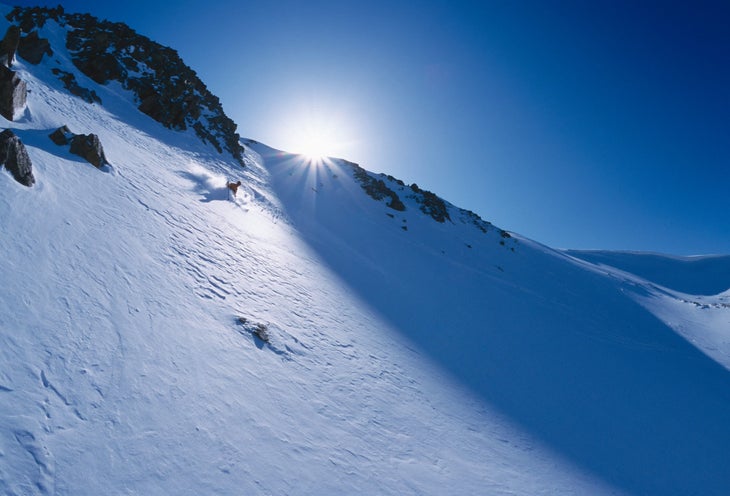
Berthoud Pass, Colorado
The Berthoud Pass Ski Area enjoyed a long and legendary reputation among Colorado skiers before it shut its doors in 2002. It was among the first to introduce tow ropes in the 1930s, and welcomed snowboarders to its lift lines in the 1980s. Today, the former resort, which straddles the continental divide just west of Denver, serves as one of the most accessible and iconic backcountry skiing areas in the country. Though there is plenty of expert-level terrain to explore, new backcountry skiers can also find mellow slopes that carry little avalanche risk. Public access is supported by Friends of Berthoud Pass, a non-profit organization that hosts avalanche awareness classes and provides maps for backcountry users.
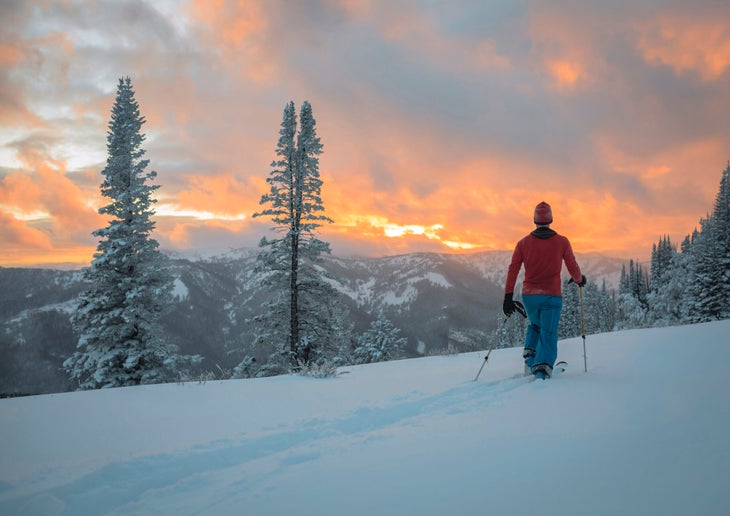
Marshall Mountain, Montana
Just a 15-minute drive from Missoula, Marshall Mountain is the rare ghost resort under private ownership that’s still open to the public, thanks to an agreement between the current landowner and Missoula Parks and Recreation. The slopes of the former resort offer both open skiing and gladed runs along with 1,900 feet of elevation drop. Expert skiers can also continue along the ridgetop to access steeper terrain and open bowls on nearby peaks in the Rattlesnake Mountains.
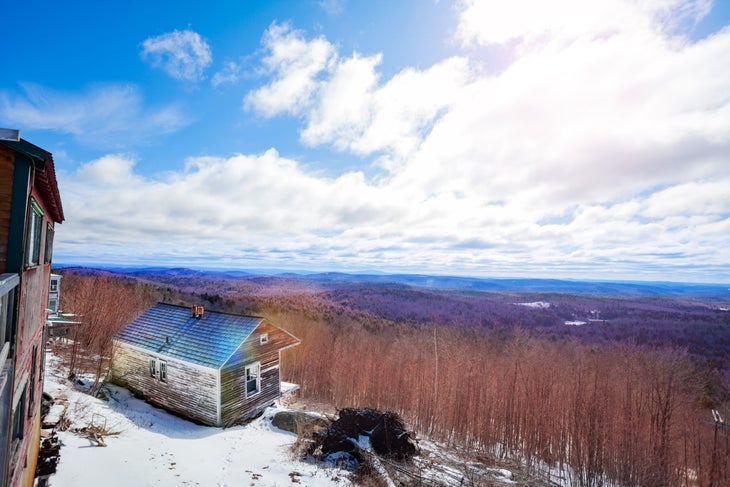
Hogback Mountain, Vermont
Originally opened in 1946, Hogback was known as a family-friendly resort with cheap tickets, no lift lines, and about 400 feet of elevation drop to enjoy. Though Hogback Mountain ceased operating as a resort in 1986, it remains a vibrant part of the southern Vermont community as both a recreational and conservation area. Under the guidance of the Hogback Mountain Conservation Association, dozens of volunteers assemble every year to maintain the ski runs, as well as cross-country and hiking trails that traverse the 2,409-foot peak. Thanks to their efforts, many of the 14 original ski runs are now clear, though some remain overgrown or narrow.
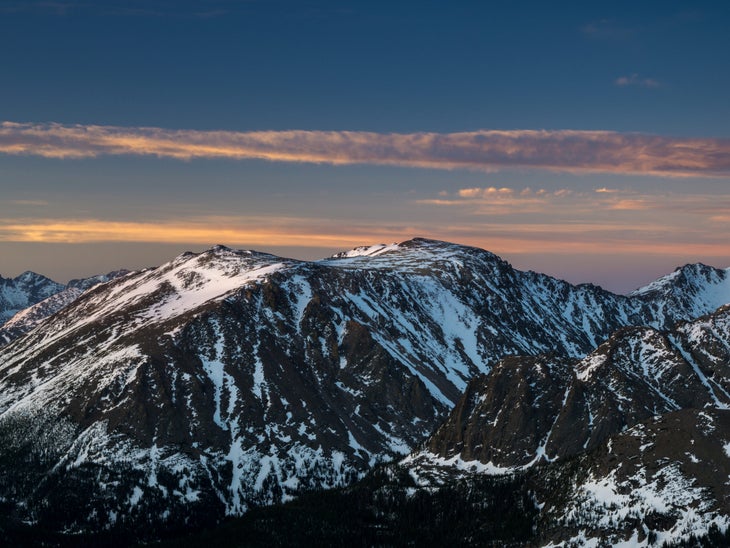
Hidden Valley, Colorado
The runs at Hidden Valley date back to the 1930s, when Rocky Mountain National Park’s Trail Ridge Road was plowed in the winter and skiers could get shuttled up the hill in olive green army trucks. The resort closed in 1991 as other Colorado resorts grew in size and popularity and Hidden Valley was unable to compete for business. Now, the lifts and lodges are gone, though a warming hut and parking area on Hidden Valley Road (just 10 miles from Estes Park) still make for easy access. The runs here are narrow and not particularly steep, though skiers can continue uphill to gain Tombstone Ridge, which offers another 1,000 feet of expert terrain above Trail Ridge Road.
Iron Mountain, California
Iron Mountain sits on the edge of Tahoe ski country, and offers ski tourers a unique experience—park at the top of runs, rather than the bottom. Due to its odd layout, Iron Mountain has a low base elevation for the area, and often doesn’t see the same quantity of snow as the nearby resorts still in operation, which played a factor in its closing in 1995. But when the snow is good, it serves up 1,200 feet of elevation drop and a good variety of beginner, intermediate, and advanced terrain. Just remember that you’ll still have a long ascent back to the top after your last run.
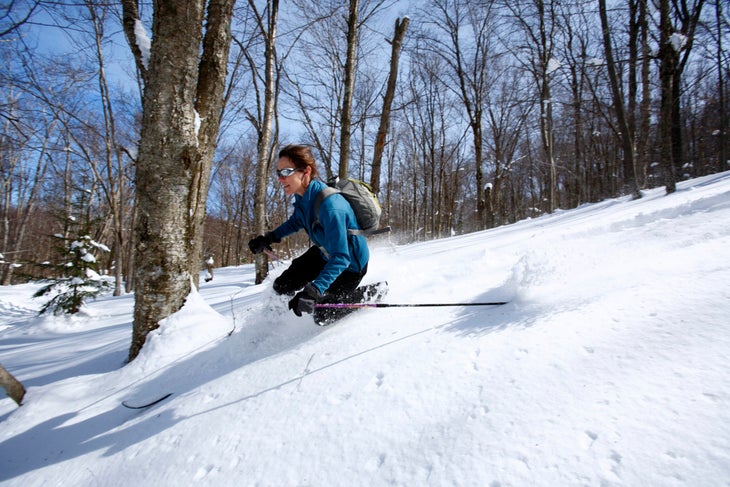
White Grass (West Virginia)
Real backcountry opportunities in the Mid-Atlantic are scarce at best, so it makes sense that White Grass is primarily a cross-country skiing destination—and a popular one, at that. But White Grass also includes the terrain of the former Weiss Knob Ski Area, which boasts 1,200 feet of elevation drop, 140 inches of snowfall on average, and runs on both open slopes and through glades. Since White Grass is still in operation, there is a $20 day pass fee—but that comes with perks like warming huts and a cafe serving sandwiches and spiced cider at the touring center.
